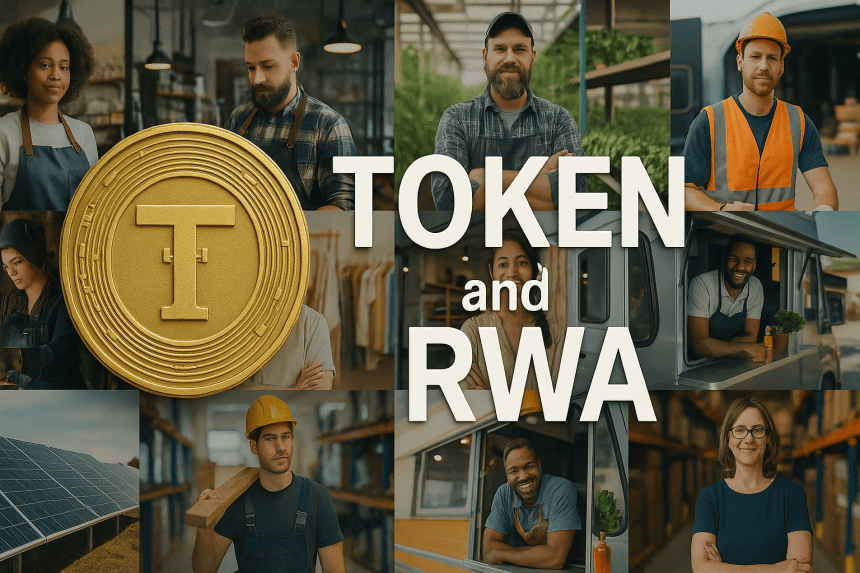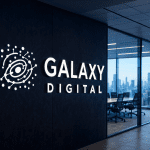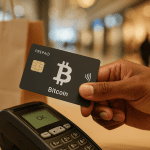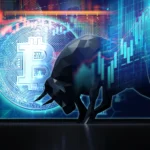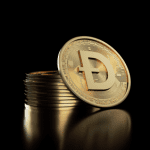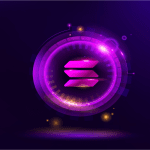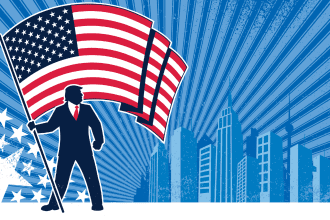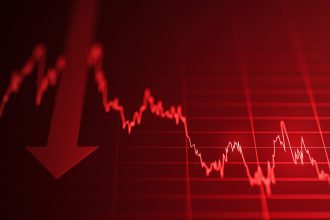How Real World Assets Are Powering Blockchain’s Next Growth Wave
Real World Assets Rise as new Structures Bridge the Physical and Digital Economies Introduction A New Phase of Blockchain Expansion, The crypto world has transitioned into the new era that occurs when value is no longer confined to speculative tokens. Tangible assets (real-estate, commodities, bonds or art), known as Real World Asset (“RWA”) have been tokenized in blockchain networks that act as bridges between the physical and virtual worlds. It is changing what we think of as ownership, liquidity and investment. As of 2025, RWA’s total market cap has already broken the $60 billion barrier, and experts think we may be at the dawn of a trillion dollar revolution. By tokenizing real world assets, investors are able to participate in typically illiquid markets on a fractional and global scale. Leveraging the transparency and automation of blockchain and smart contracts, RWAs represent a new paradigm for financial inclusion and efficiency. But, like all great revolutions, it can be a catalyst for positive change and presents important challenges. What Is a Real World Asset (RWA)?
RWAs are real or tangible assets supported by a digital representation on a blockchain. That is, an asset such as a gold bar, a deed of property or a government bond can be “tokenized” into a digital token that represents ownership rights in or shares of ownership of the real-world assets. For example, instead of a single investor purchasing a $10 million commercial property, thousands of people from anywhere in the world can own chunks of that building and every slice would be represented by a blockchain token. These tokens can now be exchanged, transferred, or staked spawning a whole new market of hitherto illiquid assets.
Teams like Ondo Finance, Centrifuge and Maple Finance are all making this happen on the RWA front. They allow institutions and individuals to earn yield on tokenized U.S. T-bills or extend financing to small businesses through credit pools secured by the blockchain. The traditional financial world (TradFi) and decentralized finance (DeFi) spaces are increasingly converging as more old school institutions play around with integrating RWA. The Advantages of RWA Tokenization
The phenomenon of RWAs has several compelling upsides that are not limited to basement-dwelling crypto speculation. First and foremost is liquidity. Assets like real estate or private debt can typically take weeks or months to unload. Tokenization splits them into smaller token structures that can be traded instantly on blockchain platforms. It makes it possible for investors to get in and out of positions without waiting a long time or absorbing heavy transaction costs. Another key advantage is accessibility. In the old world of finance, you need a lot of money or contacts to invest in bonds, real estate funds and fine art. Tokenized assets means anyone with a crypto wallet can take part, even small fry investors democratizing access to what would naturally be a wealthy person’s investment-builder. Another big factor is transparency. Public blockchain ledgers store every transfer, which provides investors transparency on the ownership of assets and transaction history and auditability. This decreases the probability of fraud or error. Finally, efficiency improves dramatically. Smart contracts automate important processes like interest payments, rent collection or profit sharing without intermediaries (brokers or custodians, notary). The result is that times to transaction completion go down and fees drop, helping both issuers and investors. Challenges and threats to the RWA Ecosystem
However, RWA tokenization is not without its share of challenges on its way to maturity. The biggest challenge is regulation. Many regions are still deciding how to classify tokenized securities or commodities. Institutional uptake could be hampered by legal uncertainty and compliance risk for issuers and investors.
Custody and verification are also still needed. If a company says it’s tokenizing a building or a gold reserve, investors just have to believe that the actual asset exists and is legally held by the issuer. Without transparent audits and trusted custodians the system is soon discredited. Another concern is liquidity fragmentation. While tokenization is intended to make markets more liquid, its opposite can occur when assets are trading on isolated platforms with limited volume. Investors can often find no buyers or sellers for certain tokens, implying that there is a dearth of liquidity in the market which may lead to volatilities and price distortions. Finally, there are technical risks associated with the various smart contract defects. One coding bug could freeze or misdirect funds, underlining the importance of both super-secure code and infrastructure. The nuances of bridging blockchain systems to real-world legal frameworks makes RWA an exciting as well as delicate pursuit. The Growth of the RWA Market
The RWA category’s growth resembles the early days in decentralized finance. In 2023, tokenized assets were only valued in the low billions of dollars mostly stablecoins. By 2025, it has topped $60 billion thanks to the boom in tokenized bonds, treasuries and real estate. Big institutions like BlackRock, Franklin Templeton and HSBC have already begun pilot programs for tokenized funds and money market products. Governments are experimenting with the idea of tokenized bonds, to bring greater transparency and efficiency to debt markets. At the same time, DeFi protocols are coming online to plug RWAs in for more stable yield opportunities vs. their volatile crypto lending brethren. This institutional drive is a signal that RWA tokenization is no mere crypto fad—but the next generation of capital markets. Analysts believe that by 2030, we could see as much as 10% of global GDP driven by tokenization on blockchain systems which would imply tens of trillions of dollars flowing over-banks and onto digital infrastructure. Which is to say, everything from property and vehicles to carbon credits and intellectual property could one day exist as tradable, programmable digital assets.
Advantages and Disadvantages of Real World Assets Pros
RWAs introduce diversity, stability and real yield to the world of crypto. Most digital assets are based on speculative demand however RWAs have value from either underlying cash flows or collateral. That makes them attractive to conservative investors who want steady returns without a lot of extreme ups and downs. LEE: The Other Side of Tokenization is Financial Inclusion to New Markets (Like Forex & Stocks). For instance, a student in Asia could with a few clicks also buy U.S. Treasury bonds or European real estate. This cross-boundary democratization challenges old habits and can help share wealth opportunities. Furthermore, RWAs are not only a bridge between TradFi and DeFi but also the door through which institutional money flows into crypto ecosystems using well-understood and regulated instruments. That would make crypto markets less speculative and potentially add market depth and credibility.
Cons on the downside, legal uncertainty and regulatory fragmentation are still material risks. The same token may be assigned different characteristics by each country, and this is confusing in terms of compliance. There’s also potential for centralization to re-emerge if many RWA issuers continue to depend on old-school custodians and intermediaries to hold their assets. This introduces counterparty risk, which could defeat the entire decentralized purpose of crypto. Lastly, the level of maturity in the market is still low. Quality of RWA platforms differ and not all allow to report transparently or conduct non phantomy audits. With no universal standard, investors need to dig deep to separate real projects from speculation.
Conclusion: RWAs on the Road Ahead, Real World Assets are one of the most concrete links between blockchain developments and real economy. When conversely, onchain there is so much value represented by not just crypto assets, despite pumpamentals ad nauseum About RWAs When a real-world asset (RWA) gains representation on the blockchain it reflects these efficiencies. The darling of the financial markets, with a current capitalization of $60.8 billion, could very well be just an opening act for a trillion dollar makeover.
The path ahead will be paved with cooperation between developers, regulators and institutions. A great legal system, clear custody systems and tough smart contracts are key to long term RWA growth. As technology evolves and trust coalesces, RWAs might reshape global finance one that is more inclusive, transparent, and efficient for owning, lending, or trading than ever before.


